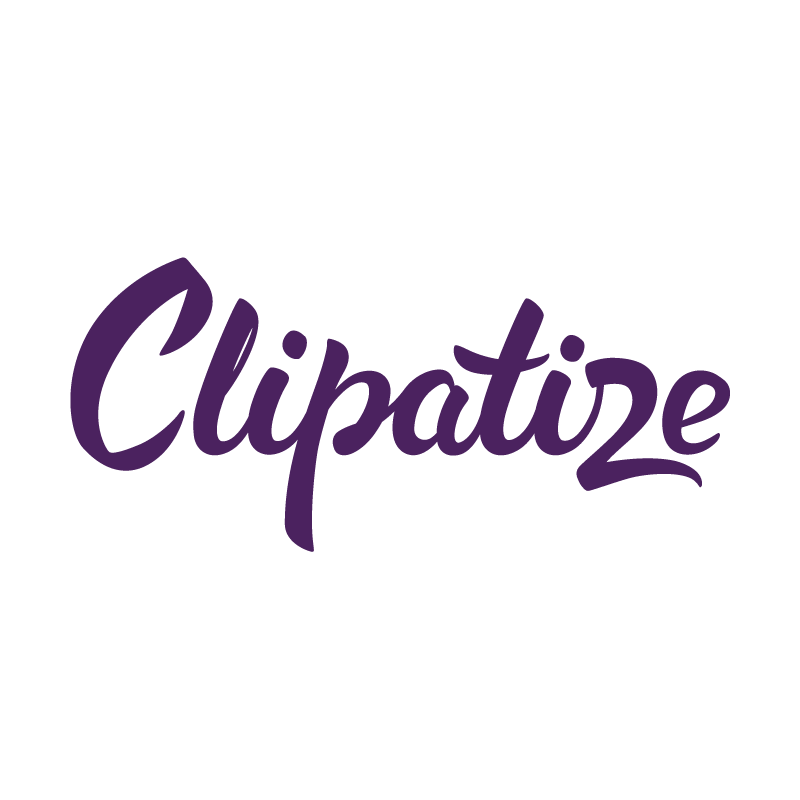In the maturing market of marketing automation solutions, it’s finally possible to select the most appropriate tools needed for executing high-performing communication activities. Using them can be tempting, as the reward seems to be considerable. However, most marketers fear the new and despite speaking about their professional hopes, prefer to wait while someone else takes the risk, adopts this new approach and breaks the ice.
If you are looking to brave the path of marketing automation, you are likely to join the ranks of the avant-garde of marketers. Though before you do so, there are a couple of things worth considering. The upcoming articles introduce basic concepts related to marketing automation in B2B organisations.
Marketing Automation hopes and fears - how to talk B2B Marketing Automation with an agency.
What is automated marketing?
Automated marketing is an approach that allows for automatic messaging of your audiences based on the insights collected from the market and the workflow rules defined by the marketer. Simply speaking, these rules follow a simple algorithm of [if, then] - they can, of course, be sophisticated and depend on multi-criteria models, yet in principle, the concept of automated marketing is that simple. We will elaborate on this concept in further sections of this white-paper and present more details about the tools, channels, and formats.
Digital transformation - the corporate buzzword of the moment
Automation of marketing is being rolled out today usually as a consequence of the digital transformation (DT). The DT is the process of transforming organisations towards a model where data from various operation areas is collected through information technologies into data warehouses, where it can then be transformed into knowledge and aid informed decision making.
The digital transformation helps organisations become more united across the departments and thus be more efficient. It is becoming particularly important, as the target groups are already ahead in the digital consumption due to the popularity of smartphones, social media, google searches and recommendations. The process of introducing DT in organisations is therefore aimed at being able to address these digital consumers. Therefore DT not only on optimises the costs of operations, but in fact enables new revenue streams from the sources that prior to DT were neither obvious nor accessible to the businesses.





